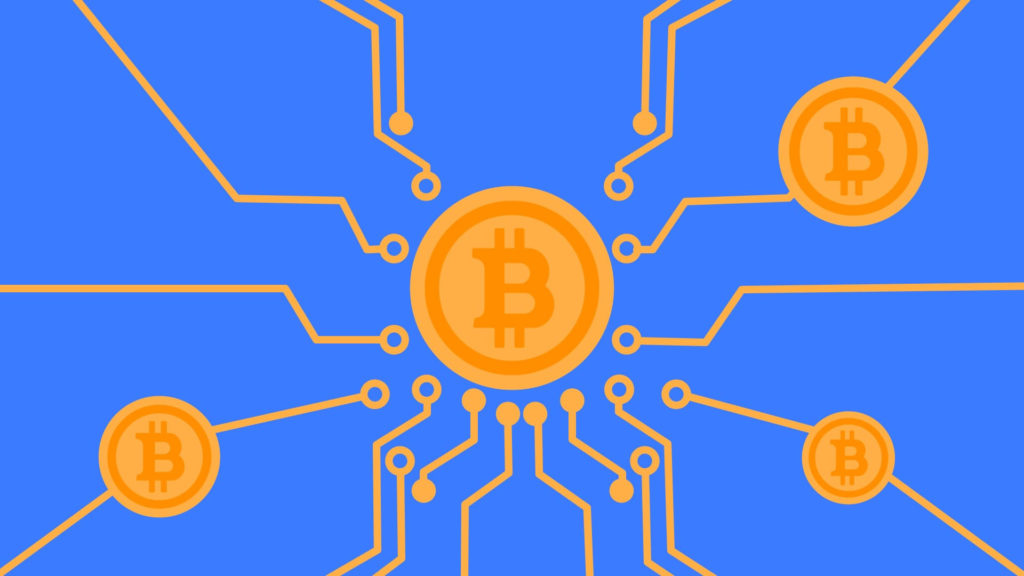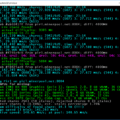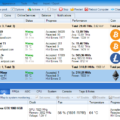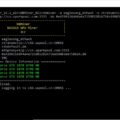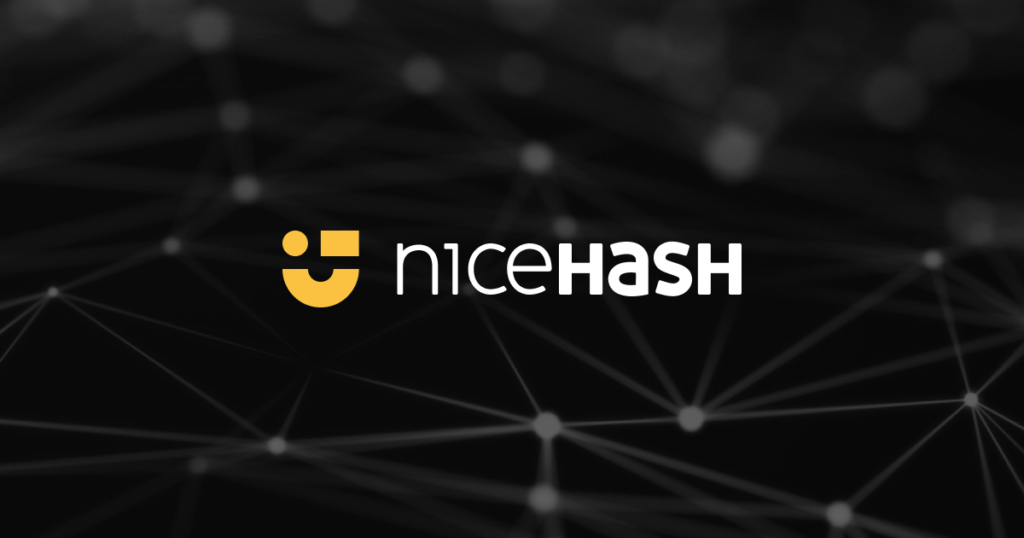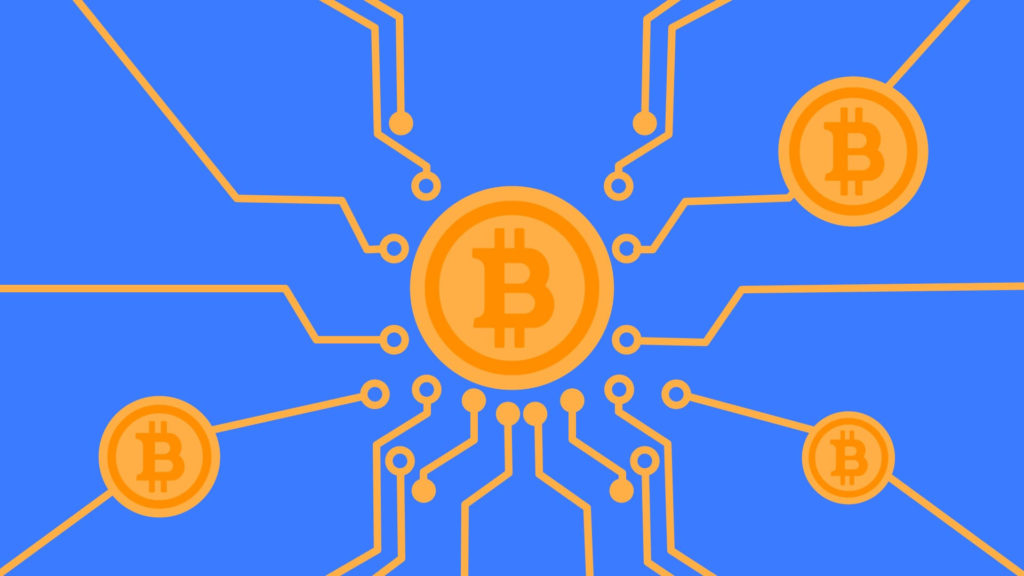Dynex is a next-generation neuromorphic computing platform based on a revolutionary flexible blockchain protocol. It consists of participating PoUW miners that make up a decentralized neuromorphic supercomputer network capable of computing at unprecedented speed and efficiency, even exceeding quantum computing. By turning traditional inefficient computers into neuromorphic chips, we can finally make new discoveries. Dynex’s own proof of usefulness (PoUW)
The DynexSolve algorithm allows every miner to perform Dynex Chip calculations. As a community and by working together, we can take the next step towards sustainability and efficiency. Turn your computer or idle GPU mining equipment into neuromorphic machines, make money and create wealth.

DNX Wallets
You can use one of the following wallets to send and receive DNX:
Mobile Web Wallet
The fastest and easiest way to send and receive DNX is via mobile web wallet. Nothing to download, nothing to install. In two clicks you can create your own personal wallet. Easily exchange DNX by scanning QR codes. Start by scanning the following QR code with your cell phone’s camera and open the link:


Dynex wallet app
Users who just want to use Dynex wallet functionality to create wallets or send and receive DNX are recommended to use a handy GUI-based application. You can find it in a special repository:

Dynex mining using PoUW
Dynex has developed a proprietary circuit, the Dynex neuromorphic chip, which complements the Dynex ecosystem and turns any modern device into a neuromorphic computing chip that can run several orders of magnitude faster than classical or quantum methodologies for a wide range of applications. In particular, because of the dominance of ASICs in the proof-of-work token mining industry, there is a large amount of available FPGA infrastructure that can be transformed into the next generation of high performance neuromorphic computing clusters. All participating nodes together form one huge neuromorphic computing network. Consequently, the platform is capable of performing computations with unprecedented speed and efficiency, even exceeding quantum computing.
Notes: * DynexSolve binaries are currently available for Windows and Linux (built for Ubuntu 18/20/22, core-avx2, core2, nocona architectures) * Currently supported GPUs: NVIDIA sm52 and above. AMD support coming soon * DynexSolve can also be built from source:
To start solo mining by running Dynex Neuromorphic Chips on your computer, you must be running a Dynex node. You can build and run it from source, or download our precompiled binaries for whatever you need. After downloading the precompiled binary, unzip the executable on your computer. To start a Dynex node, start the main service (=daemon) with the following command and wait until your node is fully synced to the network:
dynexd (Windows)
./dynexd (MacOS & Linux)You will also need a wallet where you will receive the rewards for mining. You can either use the posted web wallet (see above) or use the “simplewallet” command line wallet:
simplewallet (Windows)
./simplewallet (MacOS & Linux)Then select option “G” to create a new wallet, and specify the file name (later you can use option “O” to open your wallet).
Run mining software “DynexSolve”
To run the Dynex Solve mining software, use the following command (consult your pool operator’s instructions for proper Stratum settings):
Linux based systems:
./dynexsolve -mining-address <WALLET ADDRESS> -no-cpu -stratum-url <POOL> -stratum-port <POOL> -stratum-password <POOL> (-multi-gpu)
Windows based systems:
dynexsolvevs -mining-address <WALLET ADDRESS> -no-cpu -stratum-url <POOL> -stratum-port <POOL> -stratum-password <POOL> (-multi-gpu)Please note that the output of the miner shows the computation speed, the number of simulated chips, etc. Information about mining rewards can be seen in your wallet. When you run the DynexSolve miner, by default it uses a GPU with device ID zero (the first one installed). You can specify a different GPU if you like using the “-deviceid <ID” command line option. To query installed and available devices, you can use the “-devices” command line option, which will list all available GPUs on your system and their associated IDs. A list of all available commands can be obtained using the “-h” option.
The first time you start DynexSolve, you will be assigned a unique “Malob Network ID”. This helps the network to identify and schedule computing jobs. Mallob is short for “Malleable Load Balancer”, which is the central part of Dynex’s distributed computing management.
A parallel task is said to be flexible if it can handle a fluctuating number of worker processes during its execution. In the field of distributed computing, flexibility has long been recognized as a powerful paradigm that opens up great opportunities for fair and flexible scheduling and load balancing.
There has been a lot of research on flexible computing environments that can be used to solve a wide variety of problems, from optimization problems to federated machine learning. Currently, the Dynex platform is ready to perform a range of different types of calculations, but can be expanded depending on the needs of the market. Each calculation on the Dynex network is called a “job”. The following job types are currently available:
0 JOB_TYPE_SAT (constraint satisfaction problem)
1 JOB_TYPE_MILP (mixed integer linear programming)
2 JOB_TYPE_QUBO (quadratic unconstraint binary optimisation)
3 JOB_TYPE_MAXSAT (maximum satisfiability problem)
4 JOB_TYPE_FEDERATED_ML (federated machine learning)
5 JOB_TYPE_PRETRAINING_ML (efficient pre-training of restricted boltzmann machines, deep neural networks)
6 JOB_TYPE_SUBSET_SUM (subset sum problems) 7 JOB_TYPE_INTEGER_FACTORISATION (integer factorisation)To give an initial overview of how meaningful mining works with Dynex chips, the following figure provides an overview of the network structure:

To sum up, the Dynex supercomputing platform is a hybrid of proprietary blockchain, Dynex neuromorphic chip and modern flexible infrastructure. There are many interesting background studies and literature on such systems, such as Scalable SAT Solving in the Cloud, SAT 2021, and Decentralized Online Scheduling of Flexable NP-hard Jobs, Euro-PAR 22. In particular, such systems outperformed any other system during of the annual international SAT competition in 2022, however, they used ready-made software for solving satellite problems.
Mining pools Dynex
The pools are managed by independent pool operators and are designed to share mining power and revenue. Even if the network difficulty is high, you can still get a share of all the blocks mined by the pool. They are usually based on the standard Stratum protocol, which is compatible with our DynexSolve miner. Your pool operator can provide you with the correct initial configuration/command line options for your environment. Here are the pools that currently support DynexSolve:
The world’s first decentralized neuromorphic supercomputing platform
Dynex (DNX) is considered a next-generation platform for neuromorphic computing (a computational model modeled after the human brain) based on a revolutionary flexible blockchain protocol. It consists of participating PoUW miners that make up a decentralized neuromorphic supercomputing network capable of computing at unprecedented speed and efficiency, even surpassing quantum computing. Dynex’s proprietary Proof-of-Useful-Work (PoUW) algorithm called DynexSolve allows each miner to perform Dynex Chip calculations and in turn be rewarded in the form of DNX coins. payment in DNX. The Dynex chip is described as a neuromorphic chip design based on ideal memristors. Such a chip cannot be built with modern hardware (ideal memristor!), so it is modeled with ODE integration. It turns out that the simulated circuit exhibits all the desired characteristics (long-range order, instantaneous behavior, etc.) and is quite fast when simulated on a sufficient number of GPUs. There is a reference implementation on GitHub so anyone can try it out.
Dynex is certainly interesting and different from most other crypto projects, which aims not only to use computing (mining) power to secure the blockchain network it uses, but also to try to actually use that computing power provided by miners to create a large and decentralized network. . neuromorphic computing platform. The project is still in development and there are some quirks and issues being addressed in a timely manner, it’s still fairly new and will likely need more work to fully realize its purpose. Now is also the perfect time to join early if you are interested.
Since Dynex uses its own DynexSolve algorithm, you need to use specially designed with the current latest version 2.2.1 (the one you need to use), which supports Nvidia CUDA, as well as mining on the CPU . Unfortunately, AMD GPUs are not supported yet. The mining software mimics the so-called Dynex neuromorphic computing chips, and it seems to be a memory-intensive algorithm than a GPU-intensive algorithm. Mining can be done on both Windows and Linux operating systems, and it would be wise to keep an eye on the Discord project server for up-to-date development and any possible issues and applied fixes. DNX can be mined on multiple mining pools such as , or among others. If you are interested in trading Dynex coins, you can take a look at — the only crypto exchange currently listing DNX trading pairs.
–
Read more articles about cryptocurrencies and mining at COOL-MINING.ORG.
Do you like to read similar articles about cryptocurrencies and mining, do you want to support me as an author or ask questions? Be the first to know the news, subscribe to my telegram channel

